Brescia, BPER Gallery presents the exhibition PRIMA: a tribute to female talent
At the historic spaces of Palazzo Martinengo di Villagana in Brescia, BPER Gallery opened the group exhibition PRIMA. May I Go Further, open to the public until January 11, 2025. Curated by Giovanna Zabotti, with the collaboration of Chiara Grandesso and Silvia Moretti, and sponsored by the City of Brescia, the exhibition offers a reflection on the enhancement of female talent, interweaving works that cross centuries and geographical boundaries.
The main objective of the exhibition is to highlight the ability of women to transform their talent into a profession, becoming role models for subsequent generations. Starting with works from BPER Banca’s corporate collection, the path winds through different eras, from Bolognese Baroque to contemporary art, offering a dialogue that crosses the linguistic and temporal barriers of the visual arts.
“An exhibition of female artists celebrating female talent, making seemingly different languages dialogue, to highlight how, more often than not, between a before and an after there are exceptional women,” said curator Giovanna Zabotti. “To talk about female talent or simply the talent that women know how to express. A path that is a story: of extraordinary Italian women, who with their courage and determination, managed to experience a ’first time’ in Italy or in the world, which was a small or large step forward to change our society, about the life and exploits of a ’first woman who’, innovative women who made a name for themselves by paving a way.”
Art history has for centuries been a narrative dominated by male figures, relegating women’s contributions to the margins. Despite this, women have always played a key role in the artistic landscape, expressing their talents in often silent and invisible ways. However, the path to the appreciation of female talent in the arts has been long and complex, marked by struggles for recognition and the affirmation of many female artists against cultural and social obstacles.
A journey through centuries of female talent
The journey begins with the work of Elisabetta Sirani (Bologna, 1638 - 1665), one of the most influential Baroque painters. Sirani, known for her determination and entrepreneurial talent, managed to make her way in a male-dominated environment, becoming one of the first women to run a workshop and teach at the Accademia di San Luca. On display are two of her important works: the Madonna Suckling the Child (1658) and St. John in the Desert (1660), both works from the BPER collection, which testify to her mastery of capturing emotions with an expressive and dynamic style.
Not only did she excel as a painter, but she managed to run a workshop and found a school of women’s painting, a novelty at the time. Sirani was a shining example of how women could not only create art but also successfully run their own business, establishing themselves in a field in which, for a woman, emerging was a feat at the limits of possibility. Sirani produced varied works trying her hand at different genres: portraits, religious and mythological scenes, developing an expressive and rapid style. Her success represented an important step toward the legitimization of women’s art as a space of professional and creative autonomy.
The dialogue continues with Carla Accardi (Trapani, 1924 - Rome, 2014), a pioneer of Italian abstractionism and the only woman in Gruppo Forma 1. Her artistic research is based on two main elements: from the technical point of view, the reduction of forms and signs to the essential and the elimination of any symbolic or allegorical meaning in the composition; from the theoretical point of view, the commitment to demonstrate that women artists do not necessarily have to be the authors of art that is delicate in its themes and colors because of their gender; on the contrary, they can be free to represent strong messages, on a par with their male colleagues. Her acrylic on canvas Rosso-nero (1985), belonging to the BPER collection, is flanked by a red bench, a symbol of the fight against violence against women, creating a powerful contrast between art and social commitment. Accardi distinguished herself for her role withinItalian abstractionism: in fact, she was one of the first Italian women to devote herself to abstract art, demonstrating that women artists could produce powerful and conceptually complex works, overcoming the barriers of “female gender” as an artistic limitation.
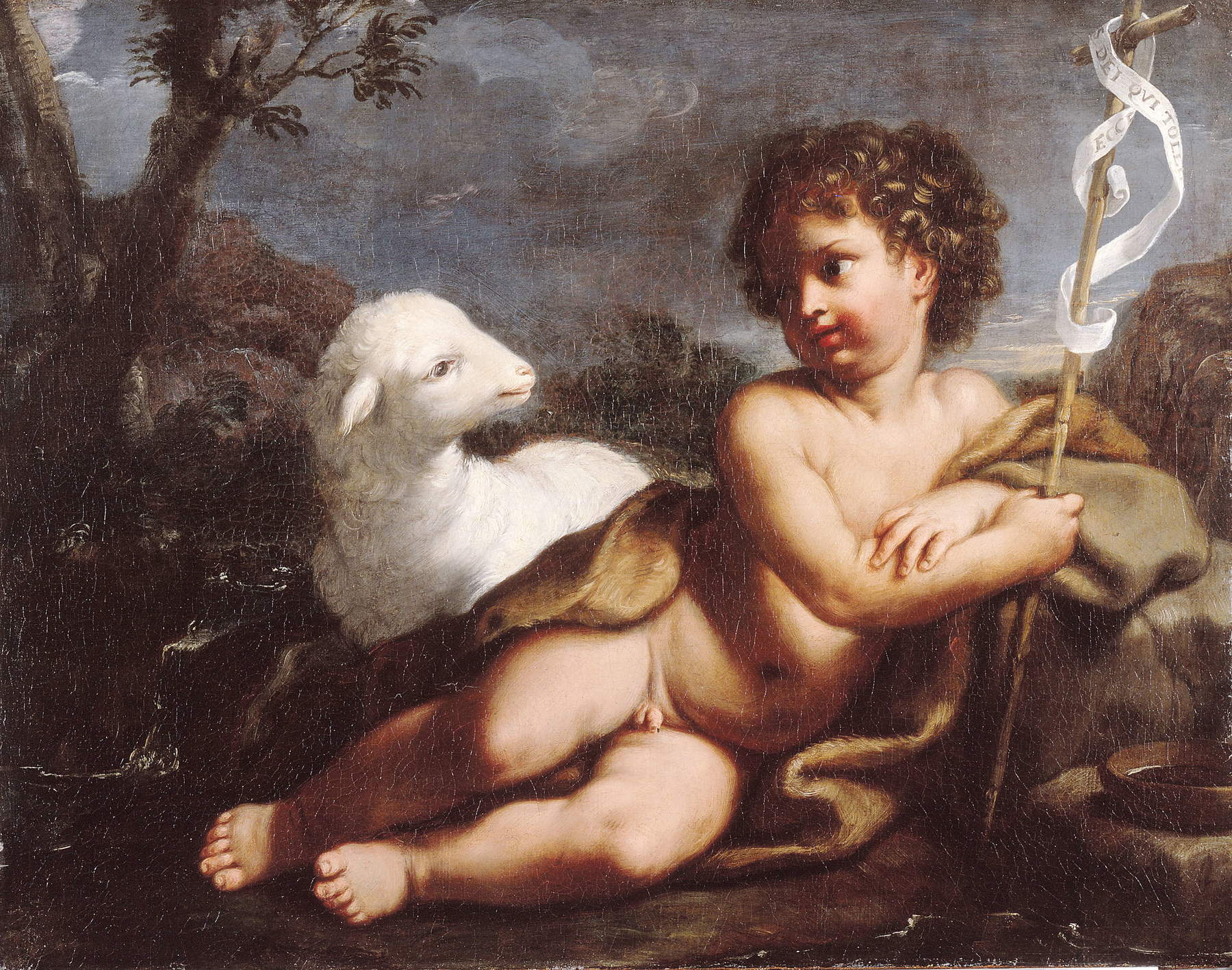
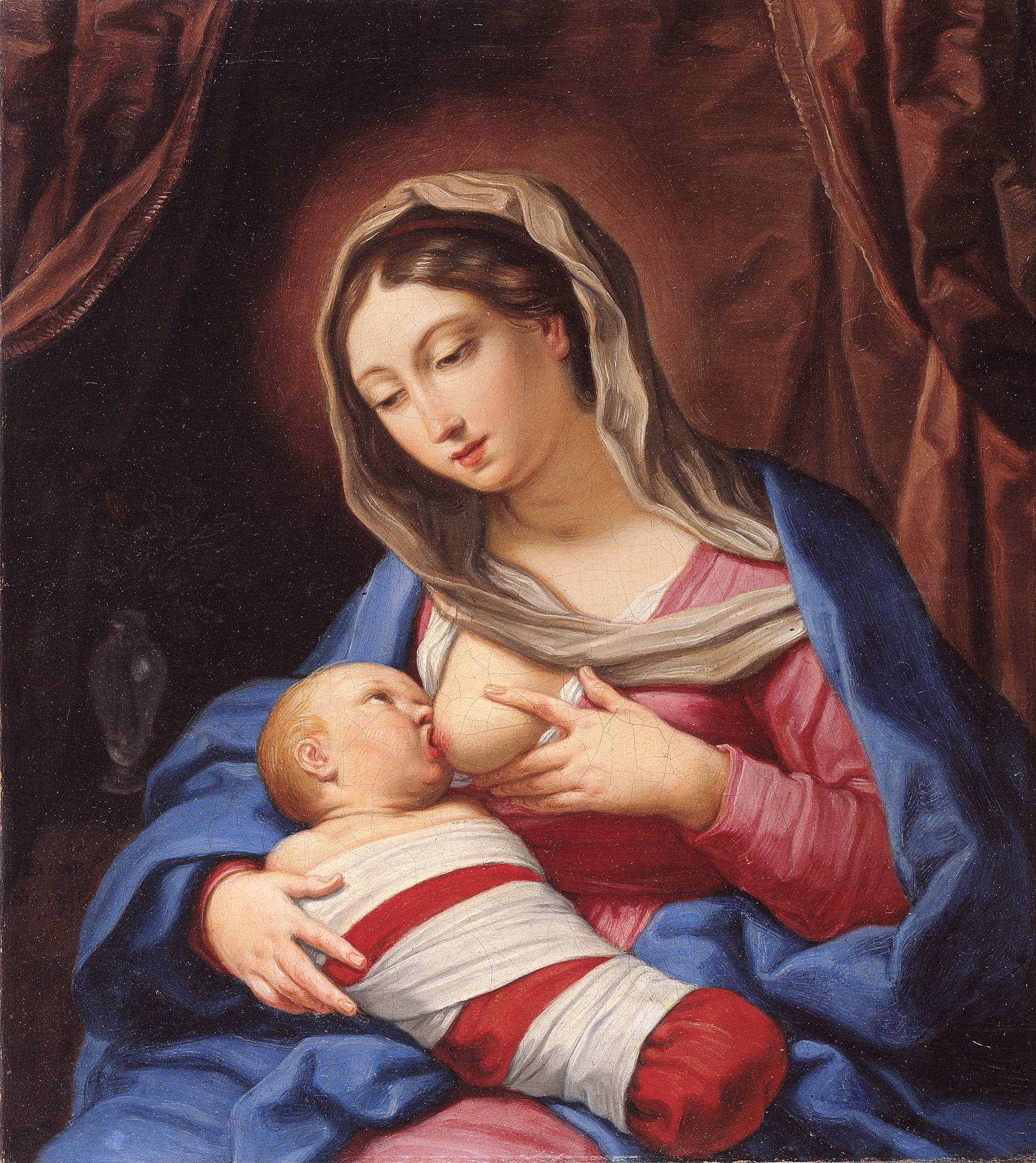
Contemporary art and experimentation
The exhibition is enriched with works by contemporary women artists such as Stefania Galegati (Bagnacavallo, Ravenna, 1973), winner of the first edition of the BPER Prize, an acquisition prize awarded in 2024 during Arte Fiera in Bologna, and Ana Kapor, whose recent works Soledad and The Silence of Place express attention to inclusion and female talent. Galegati, with her work Isola #49 (2021), winner of the BPER Prize, explores issues of identity and belonging, continuing the dialogue between past and present that is at the heart of the exhibition. Another key aspect of the exhibition is glass, a material historically associated with male craftsmanship. Artists Marina and Susanna Sent, masters from Murano since 1993, offer glass jewelry and sculptures of rare beauty, combining tradition and innovation.
Alongside them, the duo Goldschmied & Chiari (Sara Goldschmied - Arzignano, Vicenza, 1975; Eleonora Chiari - Rome, 1971) present the work Untitled View (2020), exploring the boundary between feminism and ecology through mirrored glass installations. The two artists began collaborating in 2001, creating works characterized by a strong conceptual engagement, exploring themes related to femininity, identity, power and collective memory. Through the use of multimedia techniques, the female duo’s work reflects a critical view of contemporary society, addressing issues of gender and current political events. Goldschmied & Chiari’s works are distinguished by their use of varied and symbolic materials, and they also not infrequently reflect on the fragility and transience of images and memories.
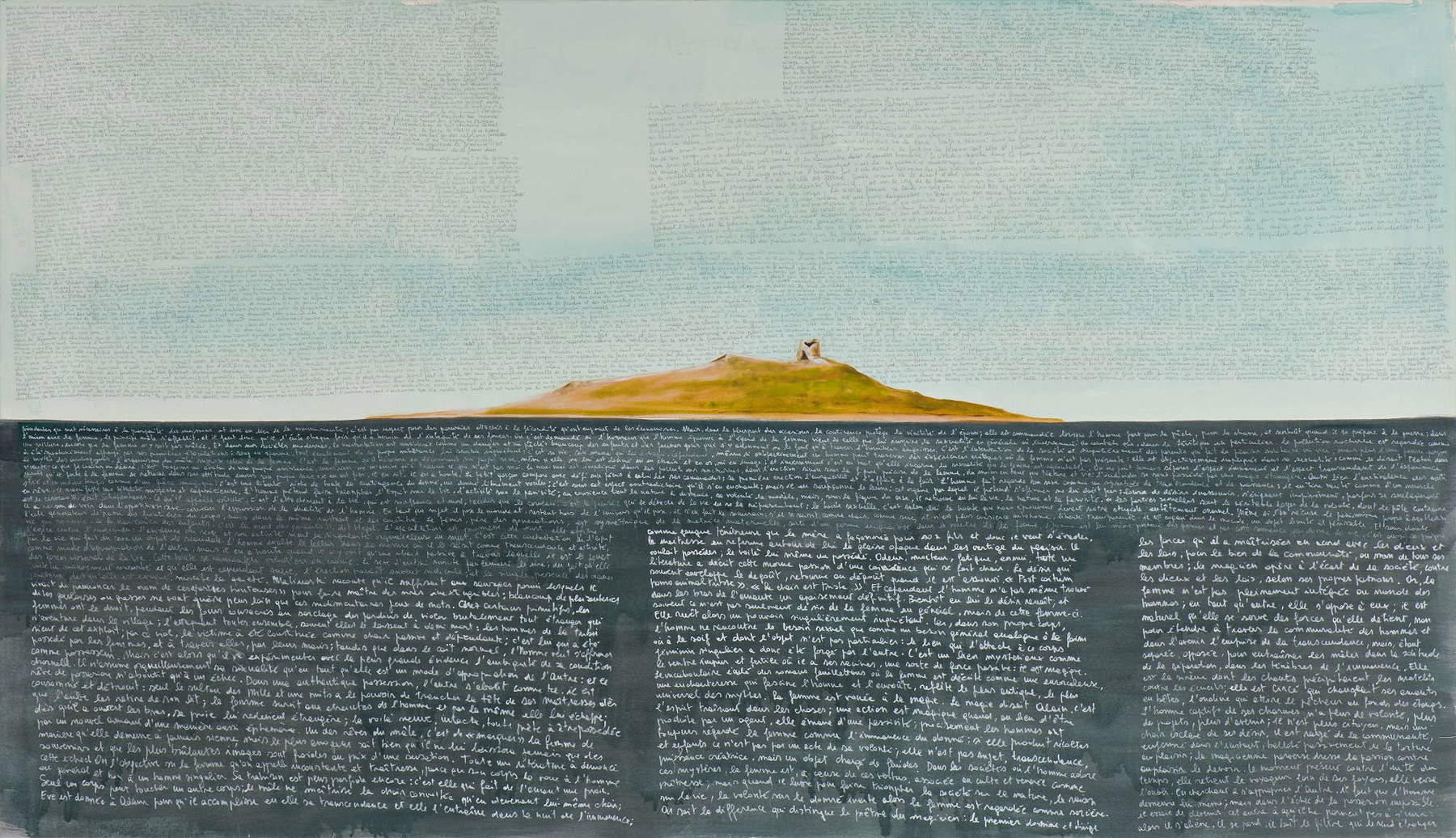
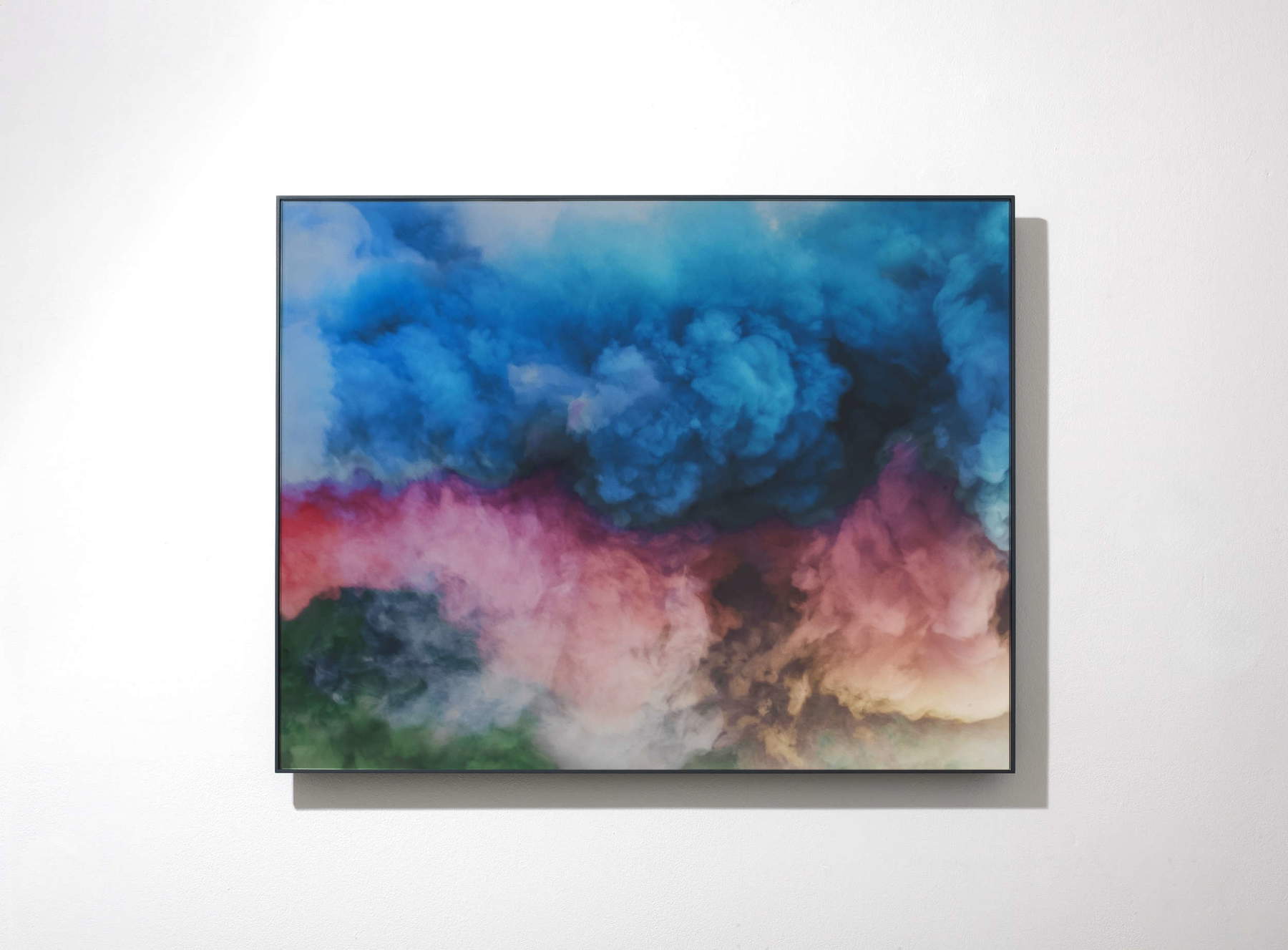
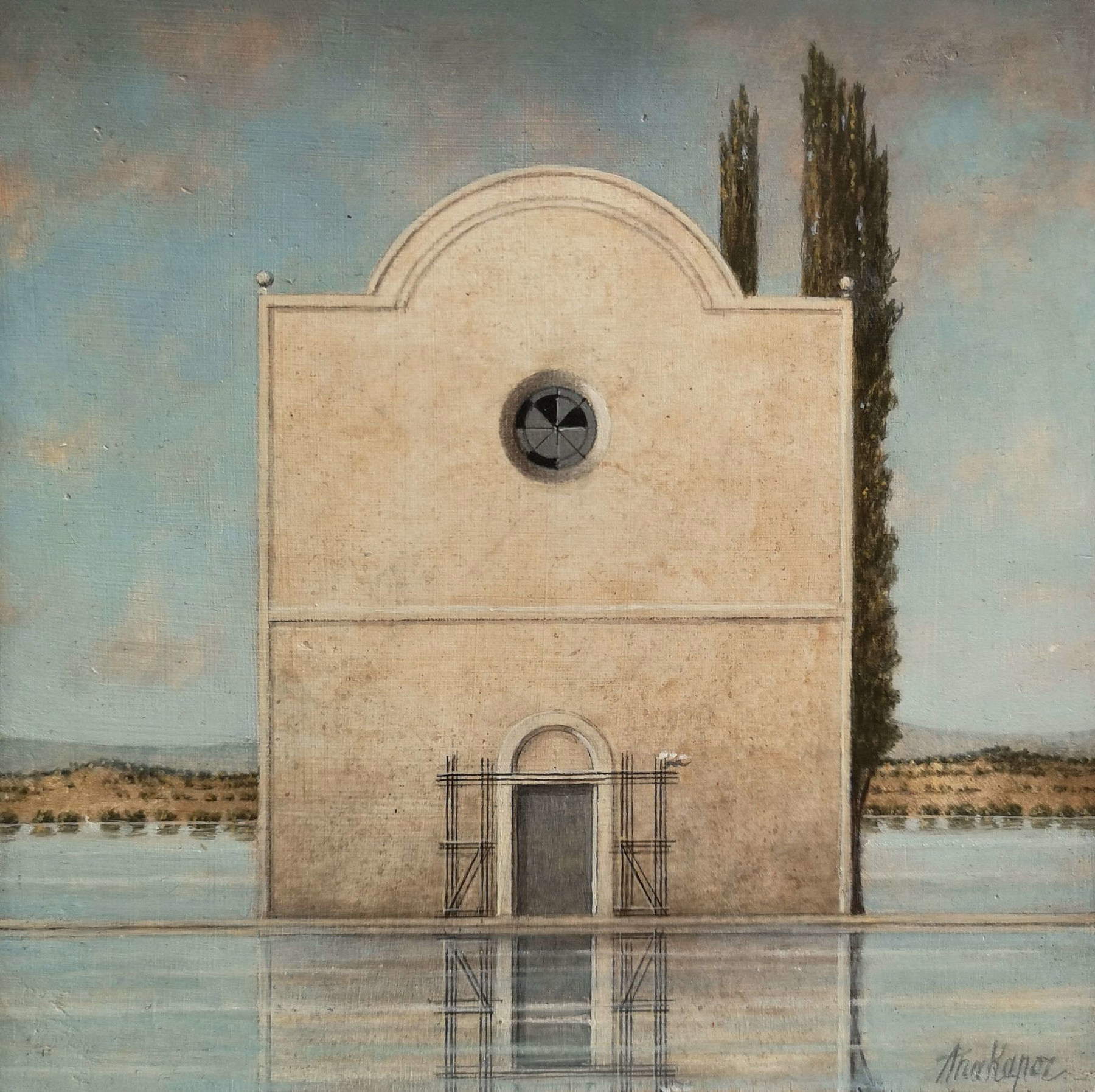
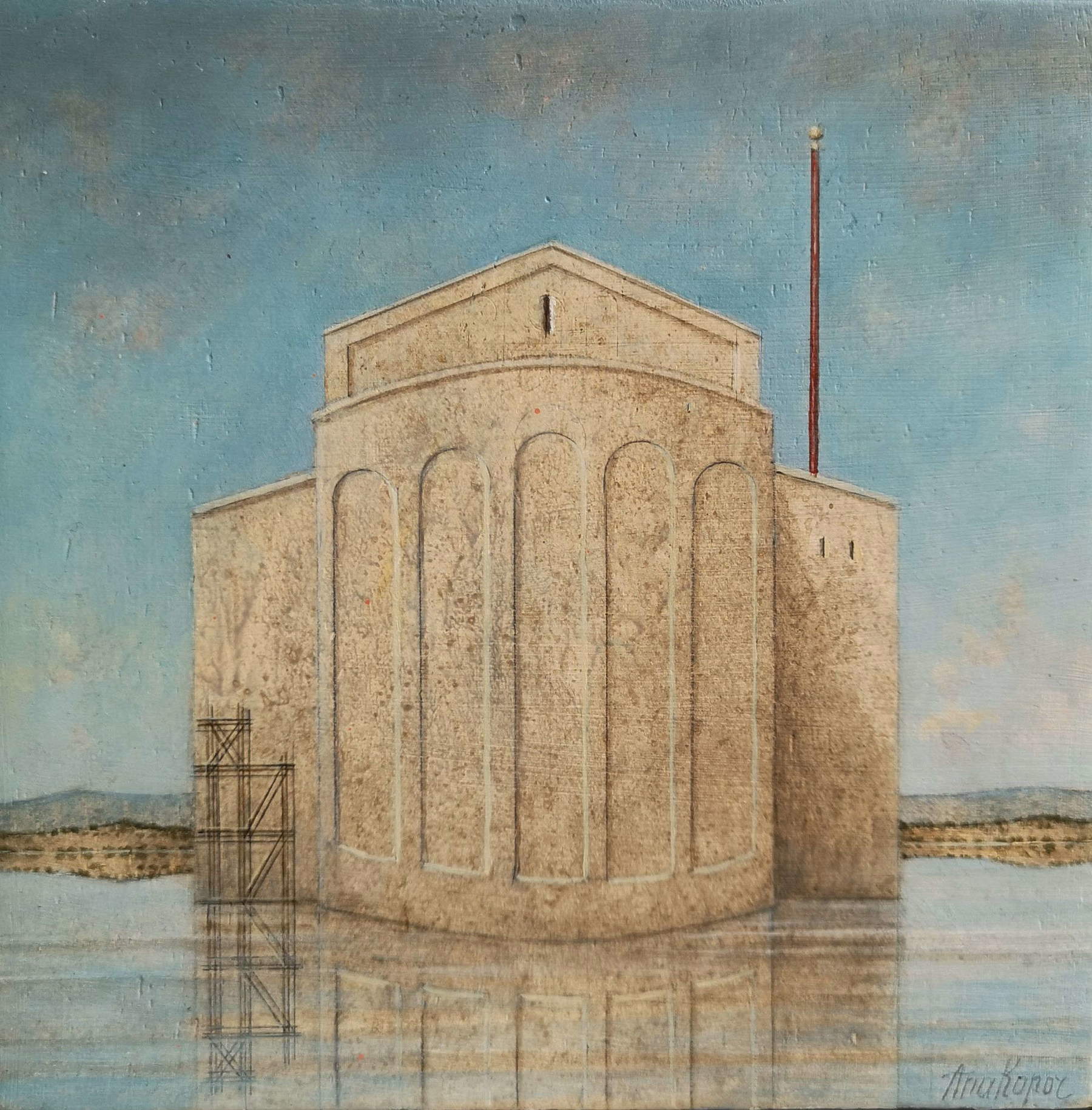
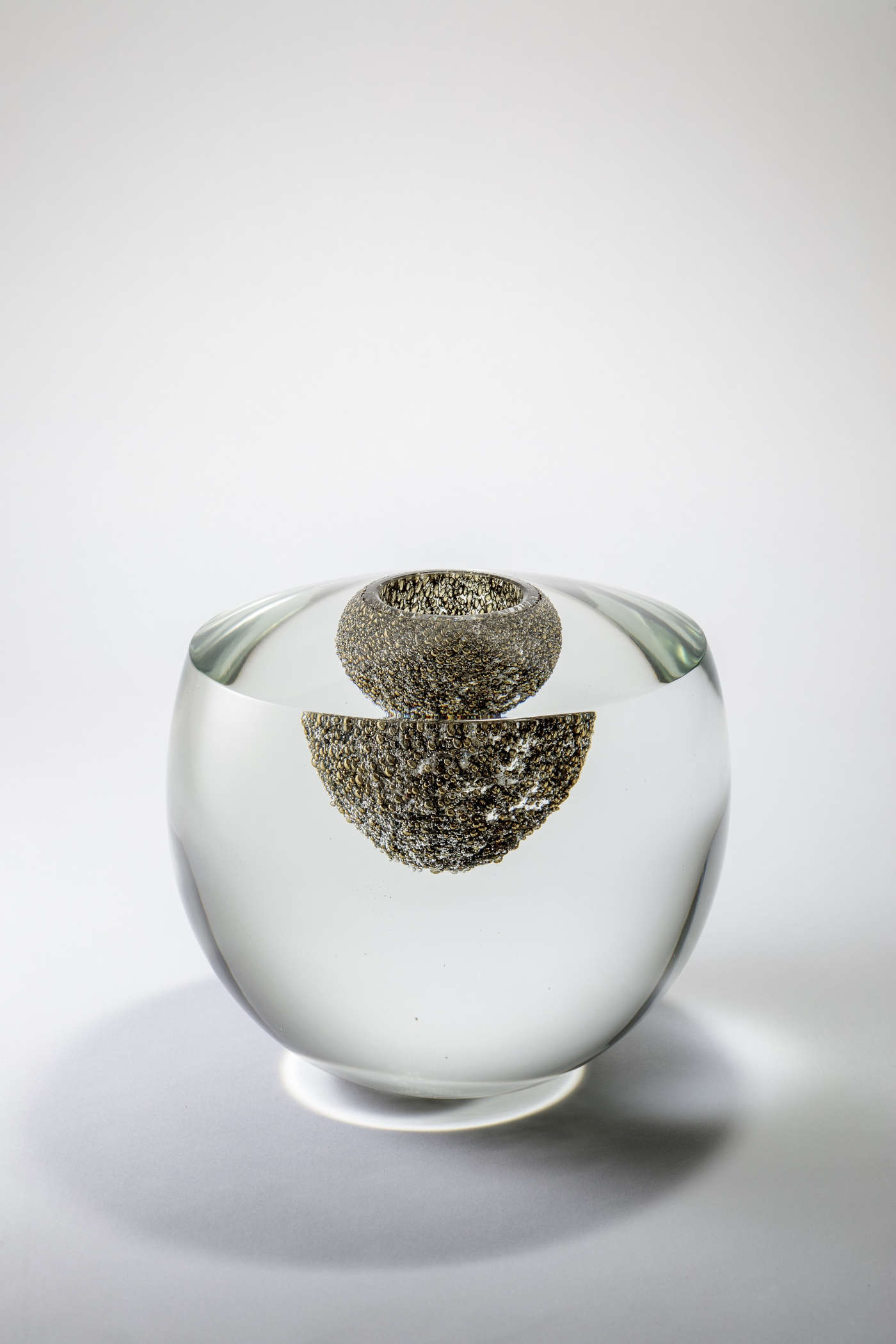
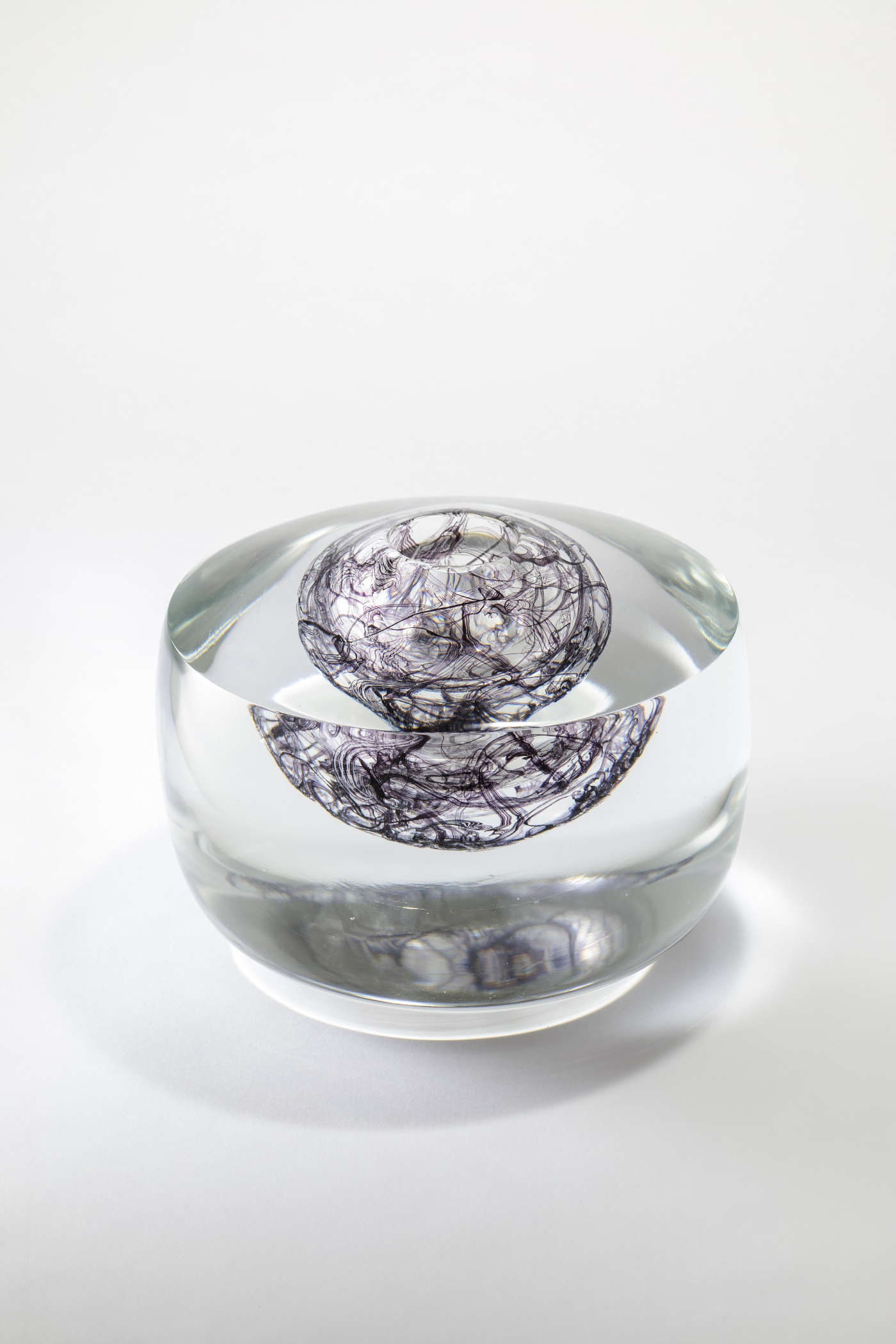
Poetry as the exhibition’s common thread
A distinctive element of the installation is the introduction of poetry as a tool for reflection and introspection. Poet Alessandra Baldoni (Perugia, 1976) contributes poems that accompany the works, creating a dialogue between words and images. Her site-specific installation The Universe Has No Center welcomes visitors with eight iron and glass caskets/books, which through verse and plays of light explore the concept of talent and how it is perceived throughout life. The result is a sensory experience that invites the public to engage with the different facets of female creativity.
It is, as Baldoni herself explained, “a small catalog of existential definitions, a collection of exemplars. The images appear under an opaque glass that conceals them, ’under’ the poems as if they were a secret to be deciphered. They are taken from details of works of art in the classical tradition. They are symbolic gestures, they are metaphors. A gathering of hands, a face enclosed in a thrusting palm -- an imposed, martial gesture that takes away speech -- foliage covering clear, desire-filled flesh, a female hand brushing against the waters as if seeking baptism. These are powerful gestures, faces and landscapes that trigger other visions, become charged with meaning, reactivate with each glance slipping into memory.”
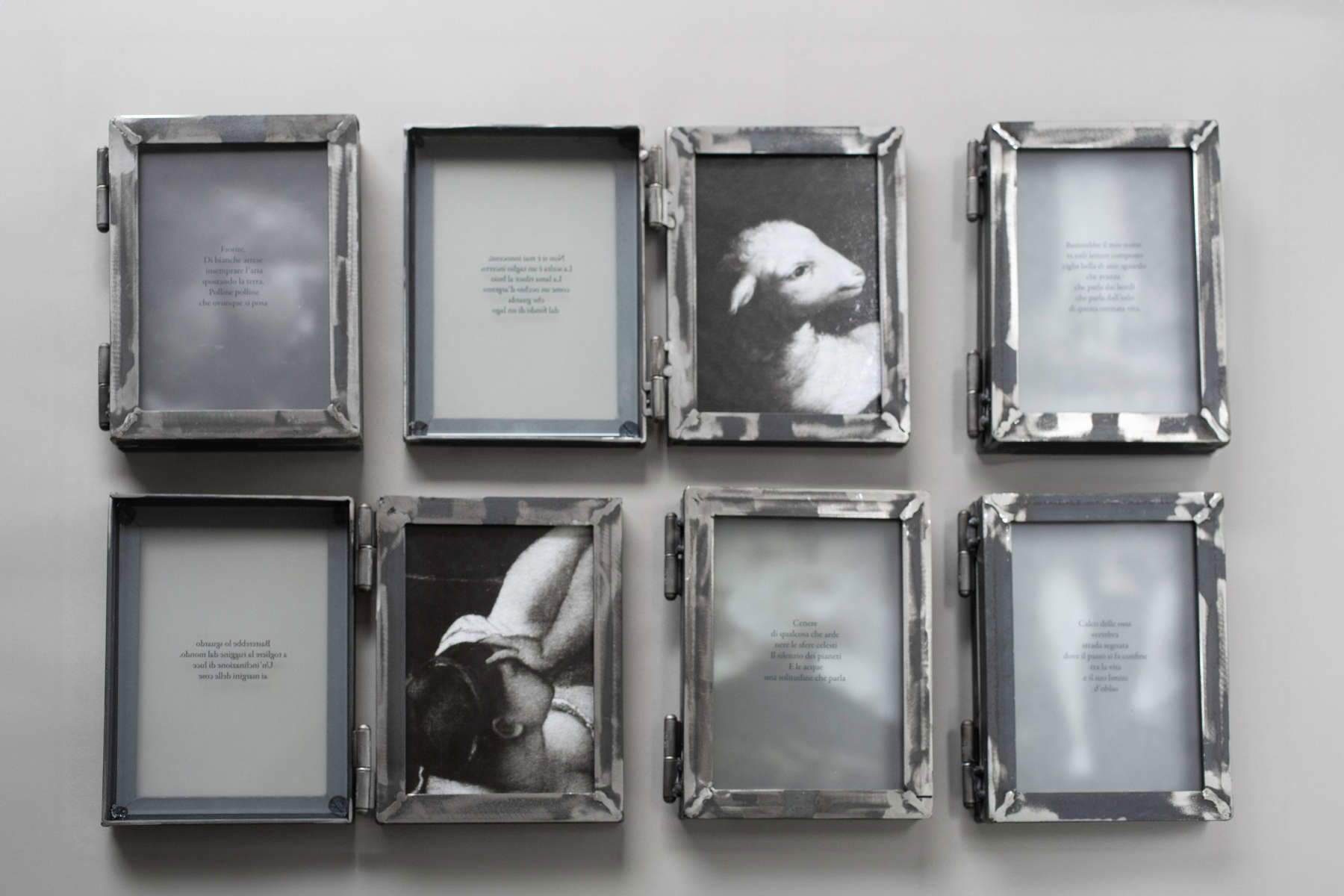
An installation that invites dialogue and discovery
Architect Silvia Moretti and exhibition designer Andrea Isola conceived an installation that places heterogeneous works and materials in dialogue. Connections between artistic languages and different historical periods are highlighted in a way that stimulates reflection on the value of women’s contribution in art. Moreover, the layout invites us to consider the exhibition itinerary not only as an exhibition of works of art, but as an emotional and intellectual journey aimed at discovering new perspectives on talent and creativity.
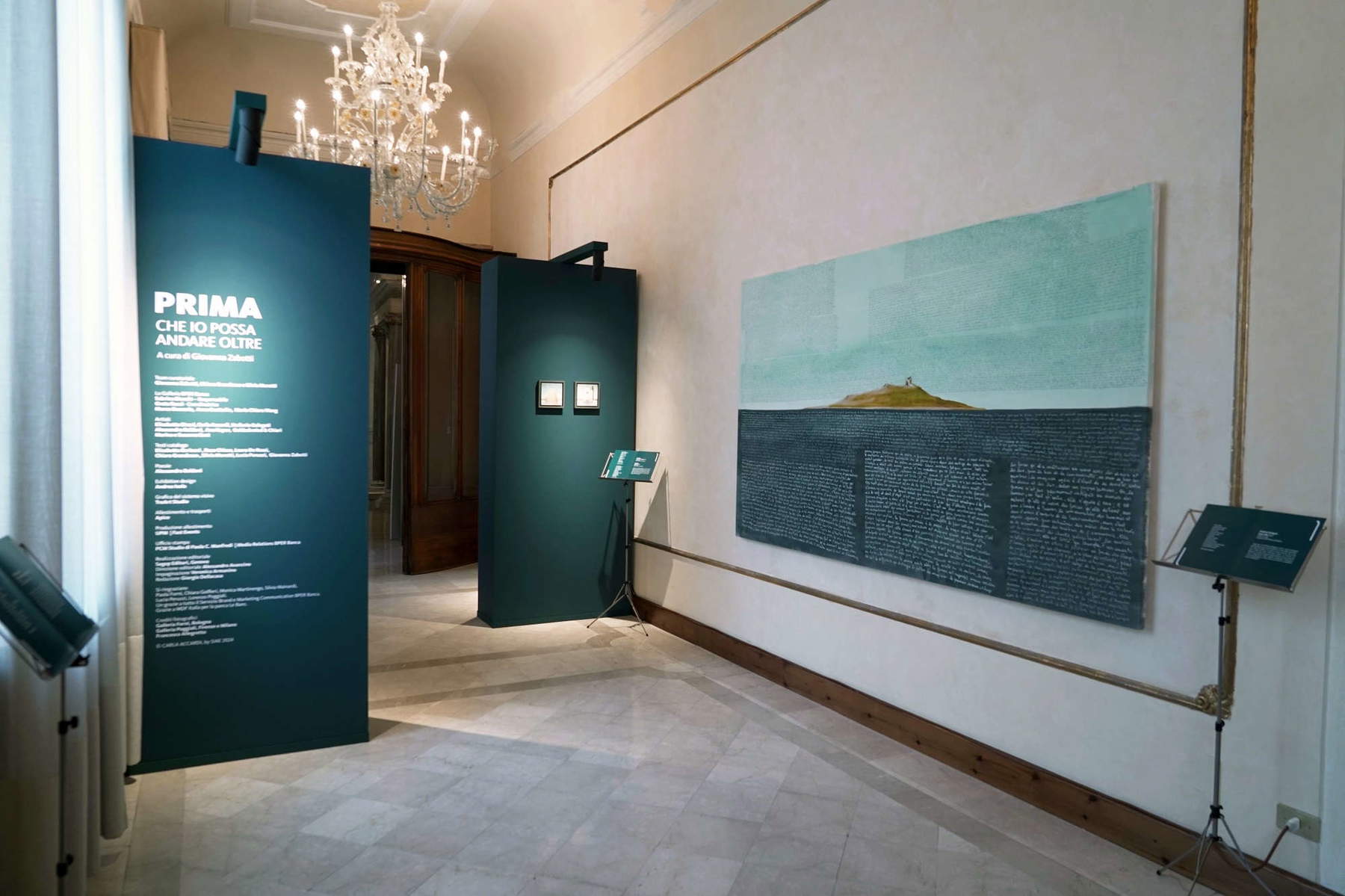
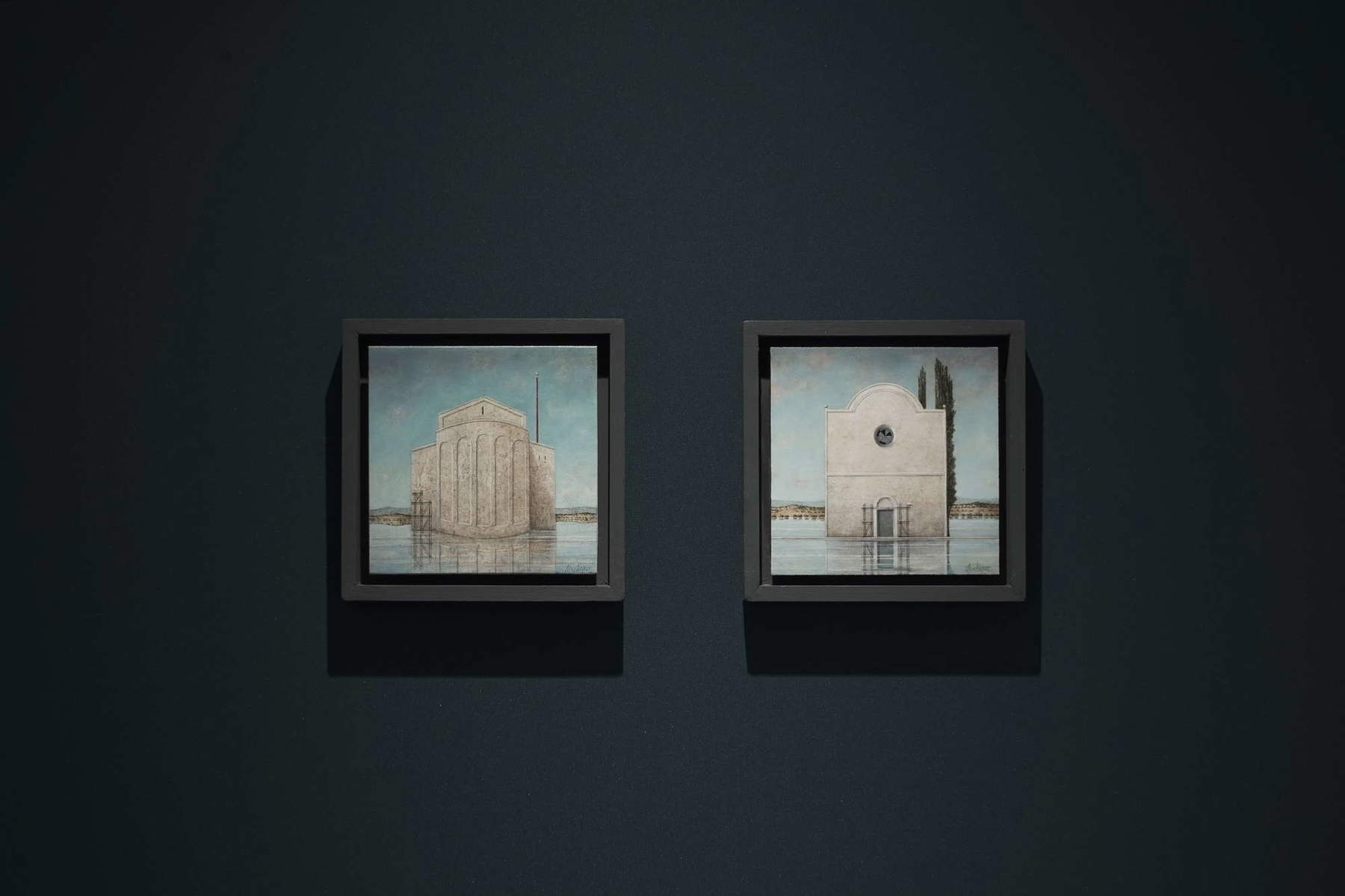
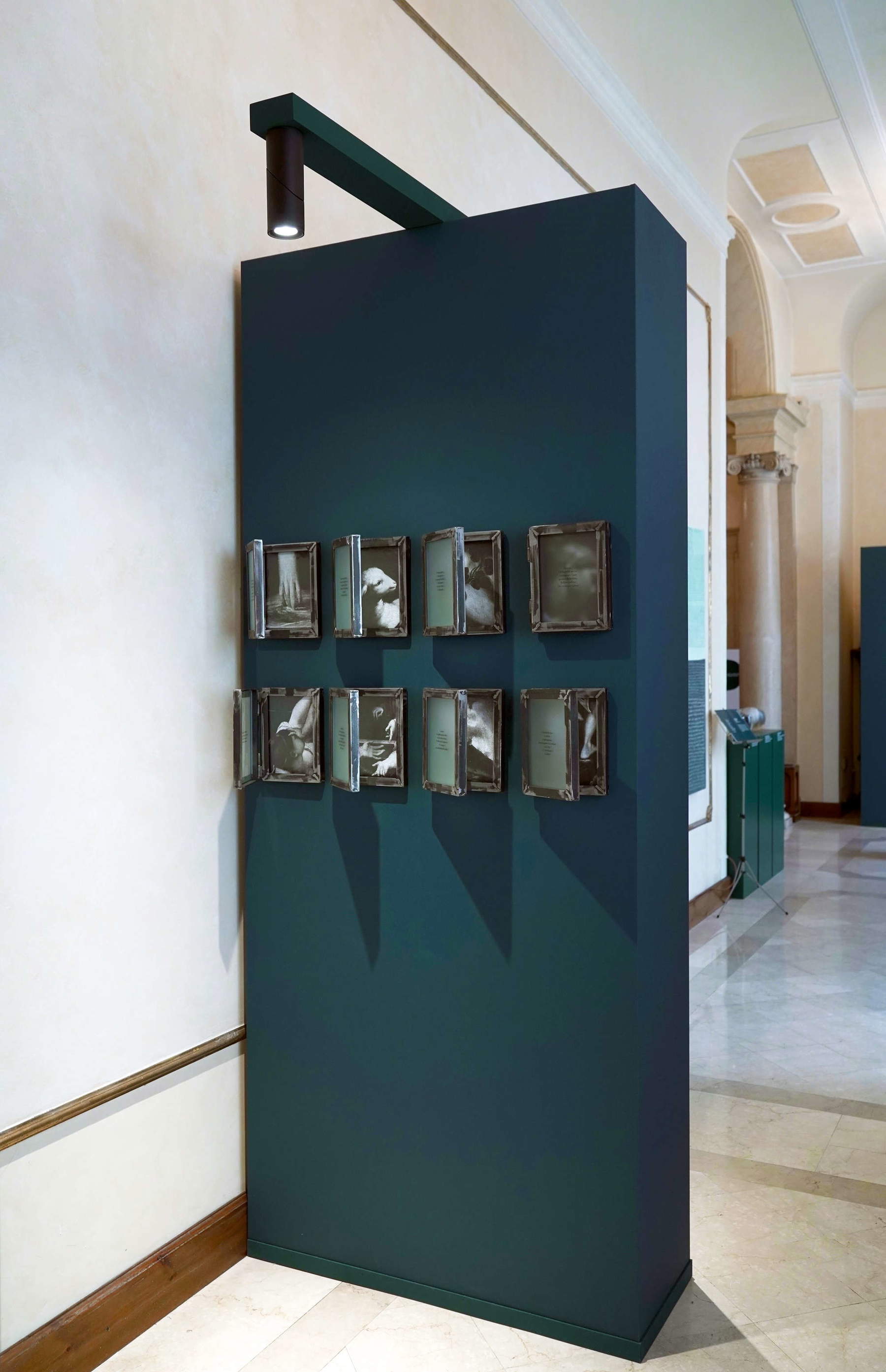
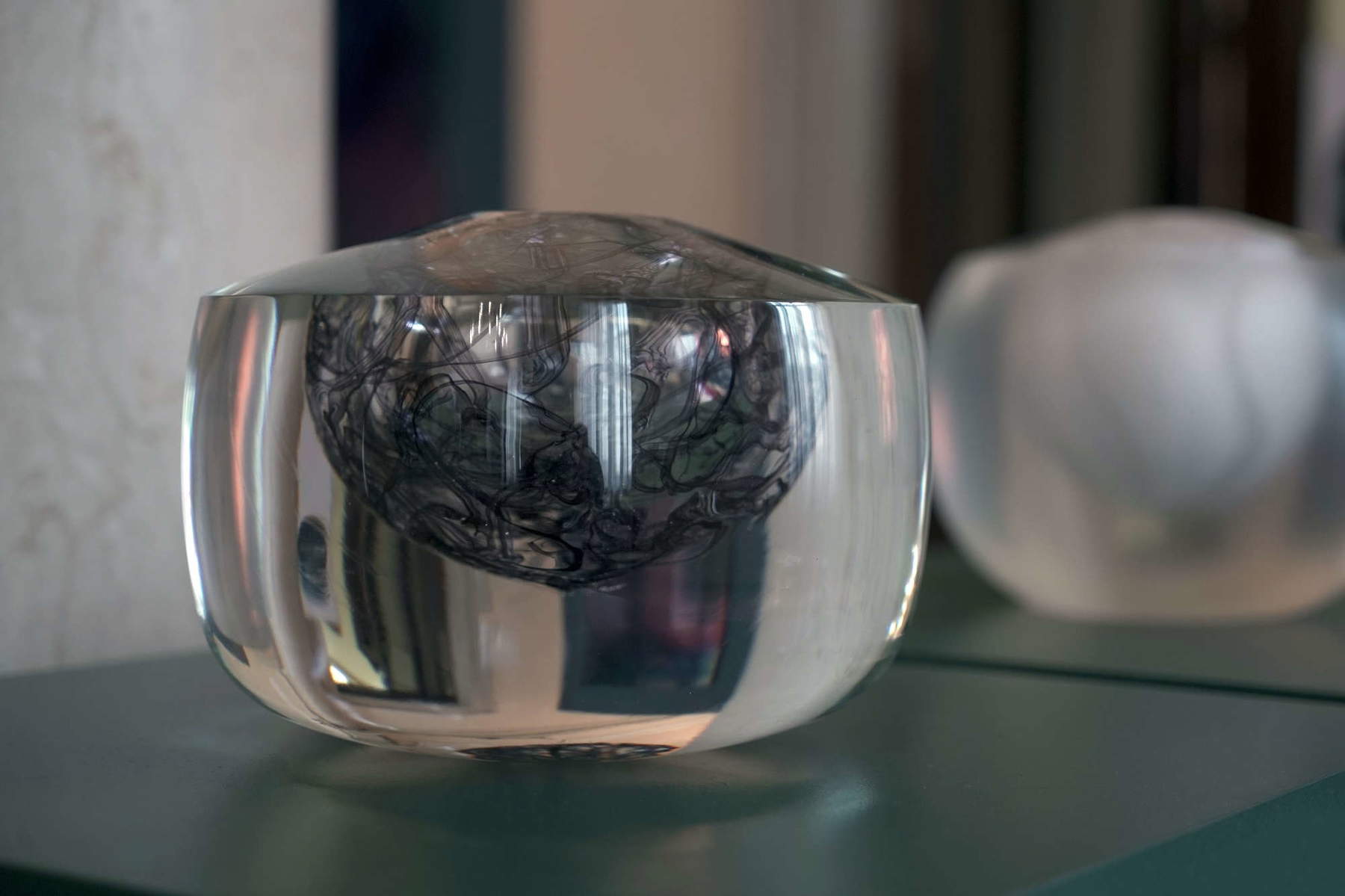
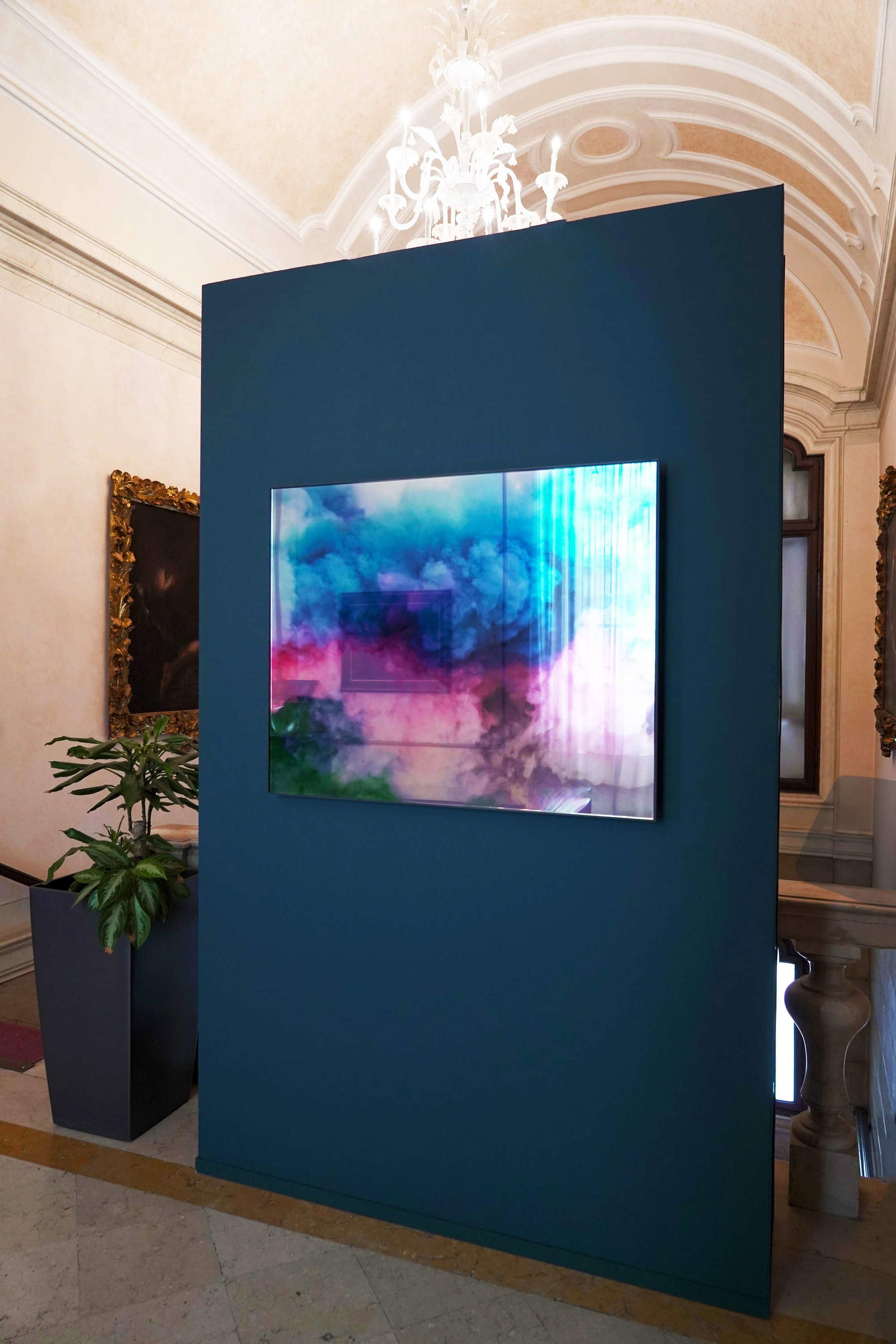
BPER Bank’s inclusive mission.
FIRST. May I Go Further is an integral part of the activities that The BPER Bank Gallery carries out to promote inclusiveness and diversity. The exhibition is a significant piece in the project to enhance the corporate collection, with a focus on female talent and the impact women have had and continue to have in the arts.
The exhibition, which is part of the Gallery’s cultural initiatives, renews BPER Bank’s commitment to promoting its artistic heritage, enhancing the dialogue between the works and the public.
“This exhibition project was born out of a process of exchange and continuous dialogue with a working group composed of women and professionals,” explains curator Giovanna Zabotti, “who for various reasons have shown that they can be considered for who they are and what they do, even in roles traditionally attributable to male activity. Together with them and the team of La Galleria BPER Banca, we conceived an exhibition full of strength and energy, giving back a voice to women who with courage and grit have ’taken over’ for the first time roles considered male-dominated in which they have excelled. This amazement at women’s success in certain fields is still experienced today but the desire is that we should no longer speak of firsts but, indeed, go beyond them.”
Practical information
The exhibition will be open to the public every Friday from 2 to 6 pm and every Saturday from 10 am to 1 pm and 2 to 6 pm. Admission is free, but reservations are required through the Eventbrite platform, with admission slots scheduled every 45 minutes. Closed to the public on December 27 and 28, 2024, and January 4 and 5, 2025.
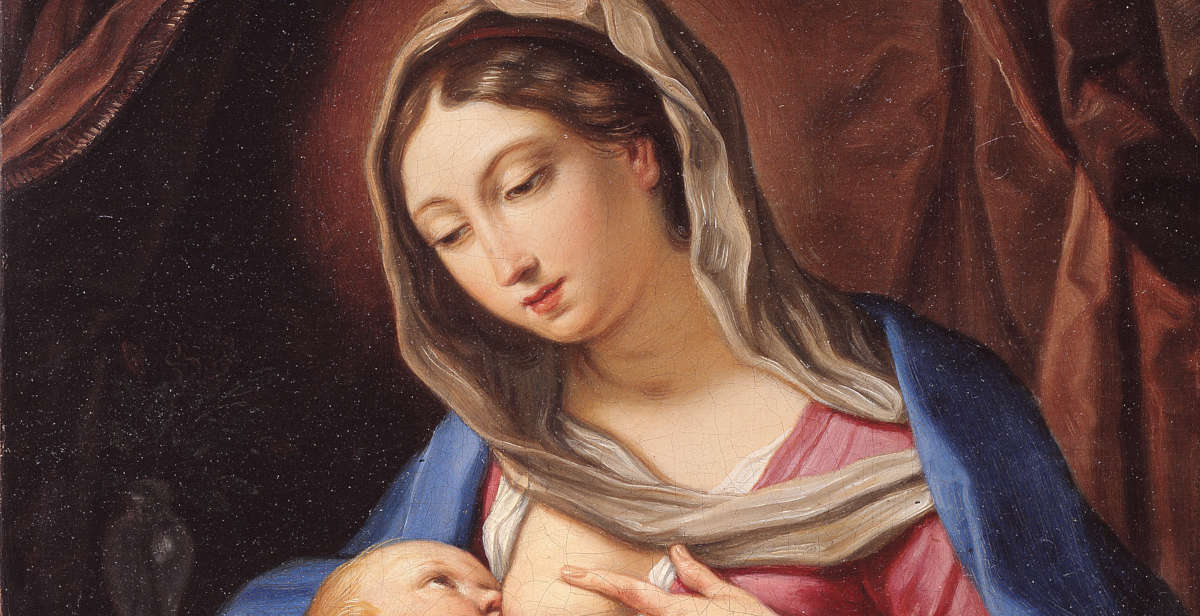 |
| Brescia, BPER Gallery presents the exhibition PRIMA: a tribute to female talent |
Warning: the translation into English of the original Italian article was created using automatic tools. We undertake to review all articles, but we do not guarantee the total absence of inaccuracies in the translation due to the program. You can find the original by clicking on the ITA button. If you find any mistake,please contact us.



























